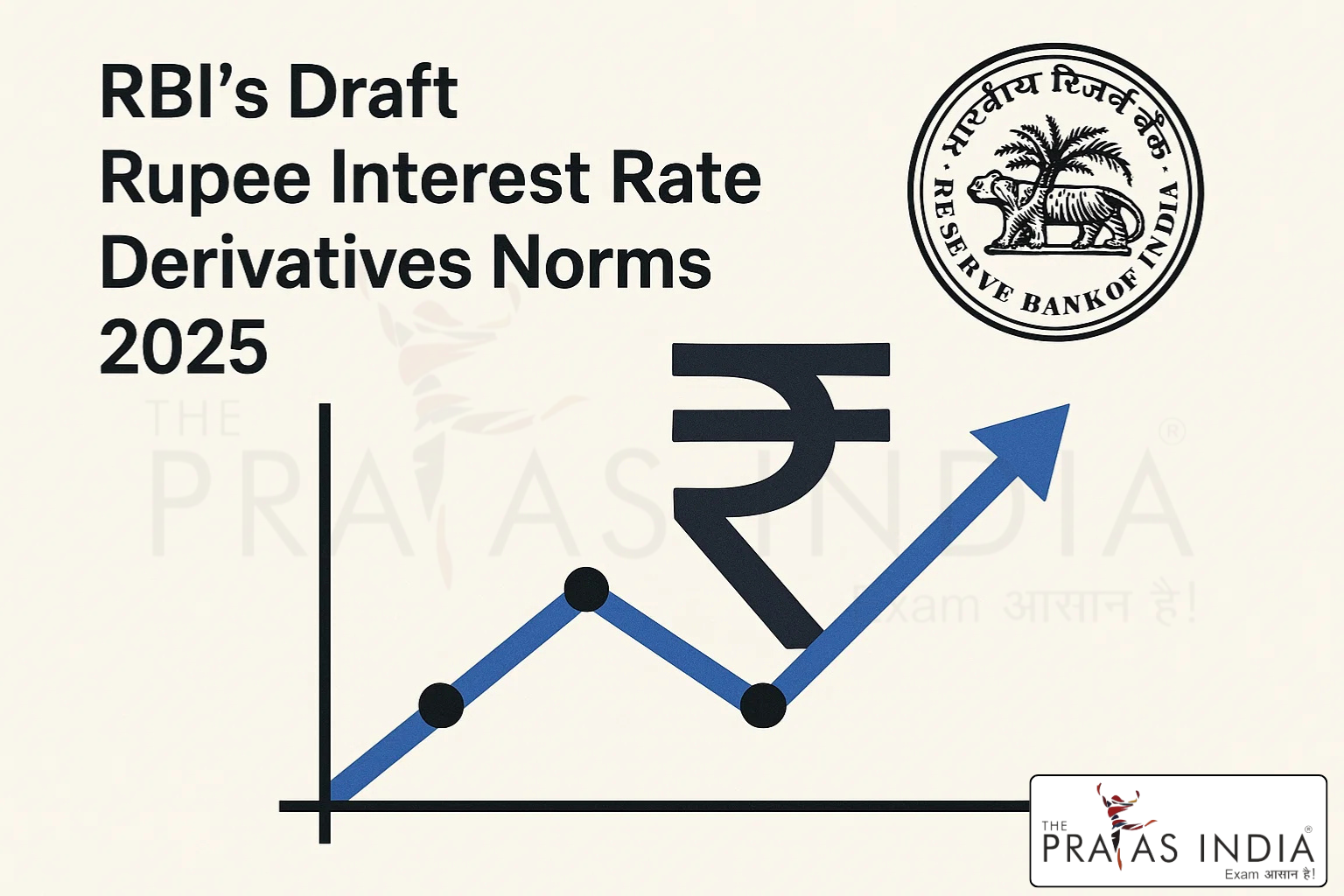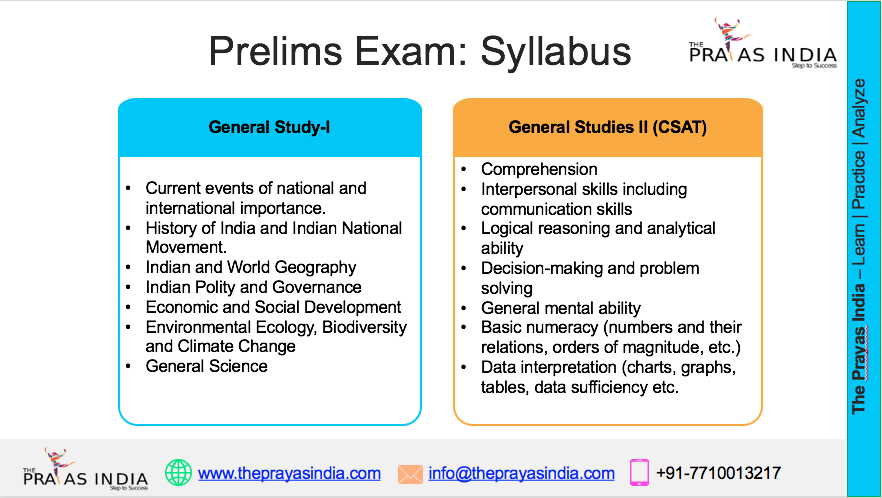RBI’s Draft Rupee Interest Rate Derivatives Norms 2025: A Game-Changer for Market Access and Global Participation
The Reserve Bank of India (RBI) has recently released draft regulations to overhaul the existing Rupee Interest Rate Derivatives (IRD) framework. These proposed changes mark a significant shift in India’s financial market landscape, aiming to align with global practices, enhance liquidity, and allow greater participation from non-resident entities. As financial markets evolve, such regulatory reforms play a critical role in boosting transparency, reducing systemic risks, and creating a more inclusive environment for domestic and international investors.

What Are Interest Rate Derivatives?
Interest Rate Derivatives are financial instruments whose value is derived from interest rate movements. They help in managing exposure to fluctuations in interest rates and include instruments such as:
-
Interest Rate Swaps
-
Futures and Options on Interest Rates
-
Swaptions (options on swaps)
-
Caps, Floors, and Collars
These instruments are essential for hedging interest rate risks and for enabling better price discovery in the fixed-income market.
Key Highlights of RBI’s 2025 Draft Guidelines
The 2025 draft regulation brings significant updates to the 2019 framework, reflecting changing market dynamics. Here are the major changes proposed:
🟢 1. Inclusion of Non-Resident Entities
The RBI now proposes to allow non-resident entities to engage in Rupee IRD transactions through centralised treasury units or group entities. This move is expected to:
-
Increase offshore liquidity
-
Improve price discovery in the domestic market
-
Align India’s derivative market with international standards
🟢 2. Broadened Market-Maker Category
For the first time, Non-Banking Financial Companies (NBFCs) and Primary Dealers (PDs) will be permitted as market-makers. This is expected to:
-
Deepen market participation
-
Increase trading volumes
-
Offer diversified risk management tools for smaller players
🟢 3. Simplified Reporting & Compliance
The draft proposes streamlined reporting norms, particularly for non-resident participants, to reduce administrative burdens and encourage ease of doing business.
🟢 4. Standardised Documentation and Risk Control
The RBI plans to tighten norms around risk management, especially for leveraged derivative trades. It aims to introduce:
-
Unified legal agreements (like ISDA)
-
Centralised clearing for eligible instruments
-
Stringent exposure limits to control systemic risk
Why These Changes Matter
In a rapidly globalising economy, India’s financial market must evolve to facilitate efficient capital flow, risk mitigation, and investor confidence. By inviting broader participation and reducing complexity, the RBI is laying the groundwork for a more robust, competitive, and transparent derivatives market.
From an economic standpoint:
-
Improved hedging options help corporates manage their interest rate risk better
-
Greater liquidity leads to tighter spreads and better pricing
-
Enhanced regulatory clarity attracts foreign portfolio investments (FPIs)
The updated norms on Rupee IRDs are highly re
Relevance for UPSC, Banking, and Finance Exams
levant for aspirants preparing for UPSC (GS Paper III – Indian Economy), RBI Grade B, SEBI, NABARD, and various banking and MBA entrance exams. Questions may arise under topics such as:
-
Financial markets and instruments
-
Monetary policy tools
-
RBI functions and regulatory mechanisms
-
International capital flows and risk management
The Prayas India’s Take
At The Prayas India, we ensure our students are always aligned with real-time economic developments. Through our daily current affairs modules, expert analysis, and mock sessions, we integrate such dynamic topics into structured learning. Whether you’re preparing for the UPSC Civil Services Exam or competitive banking and MBA exams, understanding topics like IRD regulations can give you a clear edge.
Conclusion
The RBI’s draft regulations on Rupee Interest Rate Derivatives are more than just a technical update—they represent a strategic financial reform with far-reaching implications. By inviting global participation and simplifying access, India is taking a strong step toward modernising its financial markets and strengthening investor confidence.
📍Join The Prayas India today to stay ahead with expert insights, updated content, and structured guidance for all your exam needs.




![Prayas-तेजस [UPSC CSE Sociology Optional] – Online & Offline](https://theprayasindia.com/wp-content/uploads/2025/09/Prayas-तेजस-UPSC-CSE-Optional-Subject-The-Prayas-India-300x300.png)
![Prayas-सूत्र [UPSC CSE Materials (Hardcopy)]](https://theprayasindia.com/wp-content/uploads/2025/09/Prayas-सूत्र-UPSC-CSE-Study-Materials-Hardcopy-The-Prayas-India-300x300.png)
![Prayas-मंत्रा [UPSC CSE CSAT]](https://theprayasindia.com/wp-content/uploads/2025/09/Prayas-मंत्रा-UPSC-CSE-CSAT-The-Prayas-India-300x300.png)
![Prayas सारथी [UPSC CSE One on One Mentorship]](https://theprayasindia.com/wp-content/uploads/2025/09/Prayas-सारथी-UPSC-CSE-One-on-One-Mentorship-The-Prayas-India-300x300.png)










